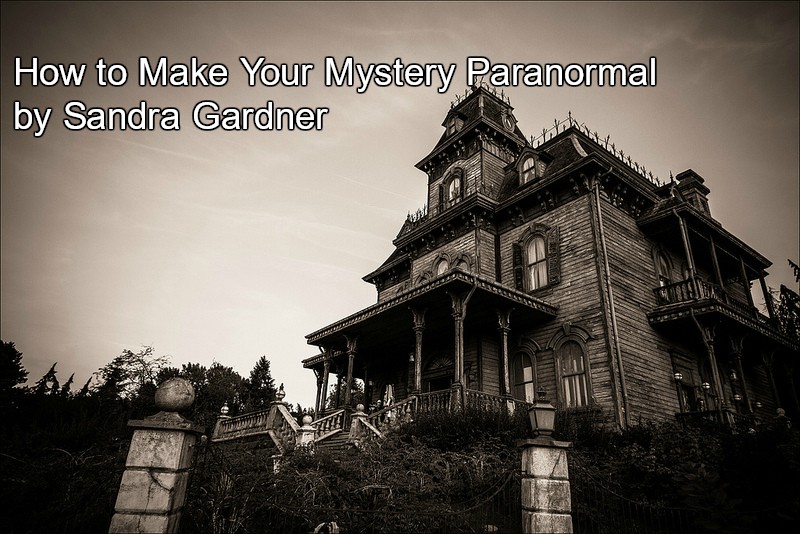First a definition: Merriam-Webster: Definition of paranormal: not scientifically explainable: supernatural
If you want to write a story — any kind of story — with a paranormal element, it has to have believability. Whether you’re world-building — say a story set in a mythical time or place – or just adding a ghost or two, the reader needs to be able to suspend disbelief.
An example of a classic ghost story is The Turn of the Screw, a 19th-century novella by Henry James. Set in a real setting — a country house in southeast England — it’s populated with real people, a governess and two children. There also appears to be not just one ghost, but two, out to do harm to the children. The governess tries to protect them from the malevolent spirits, but fails, and in the end, there is a death. The novel is known as a ghost story and a gothic mystery.
Then there are mysteries with “good” ghosts. The Aunt Dimity books by Nancy Atherton are examples. In the first novel, Lori Shepherd discovers an old journal written by her mother’s friend Aunt Dimity, now deceased. Aunt Dimity begins talking to Lori through the pages of the book. More than that, it turns out that Aunt Dimity is an excellent guide in solving crimes, including murder.Continue reading

